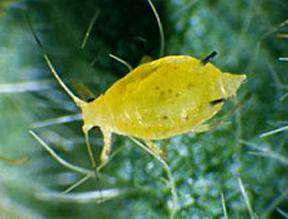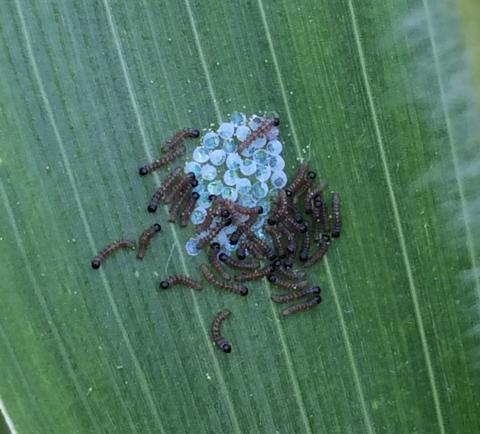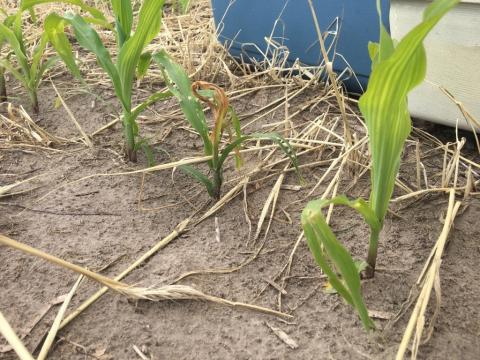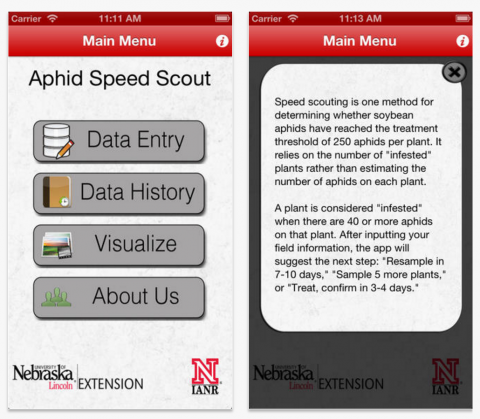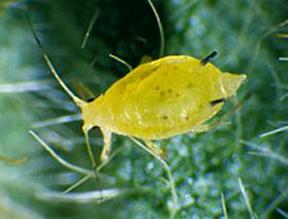Although at Low Levels, Soybean Aphids Are in Northeast Nebraska
Scouting and Treatment Recommendations for Western Bean Cutworm
Suspected Wheat Stem Maggot Damage in Corn following Cover Crops
Help Us Identify Yield-Limiting Factors in Nebraska Soybean Fields
Soybean Aphid Scouting and Management
The current recommended economic threshold for late vegetative through R5 stage soybeans is 250 aphids per plant with 80% of the plants infested and populations increasing. Depending on economic conditions, this generally gives you about five to seven days to schedule treatment before populations reach economically damaging levels.
Soybean Aphids Found in Northeast Nebraska; Scouting Warranted
This week soybean aphids were found in several northeast Nebraska fields at low numbers. Although it has been too hot for soybean aphids to thrive, populations could quickly increase with cooler temperatures. Scouting is recommended at this time.
Decision Making for Soybean Defoliating Insects
Soybean Defoliation Worksheet
While soybean defoliation, the most common injury to soybeans from insects, can look devastating, soybean plants can often compensate for the leaf loss. When making pest-management decisions, crucial considerations are the size of the remaining leaf canopy and the soybeans' growth stage.


